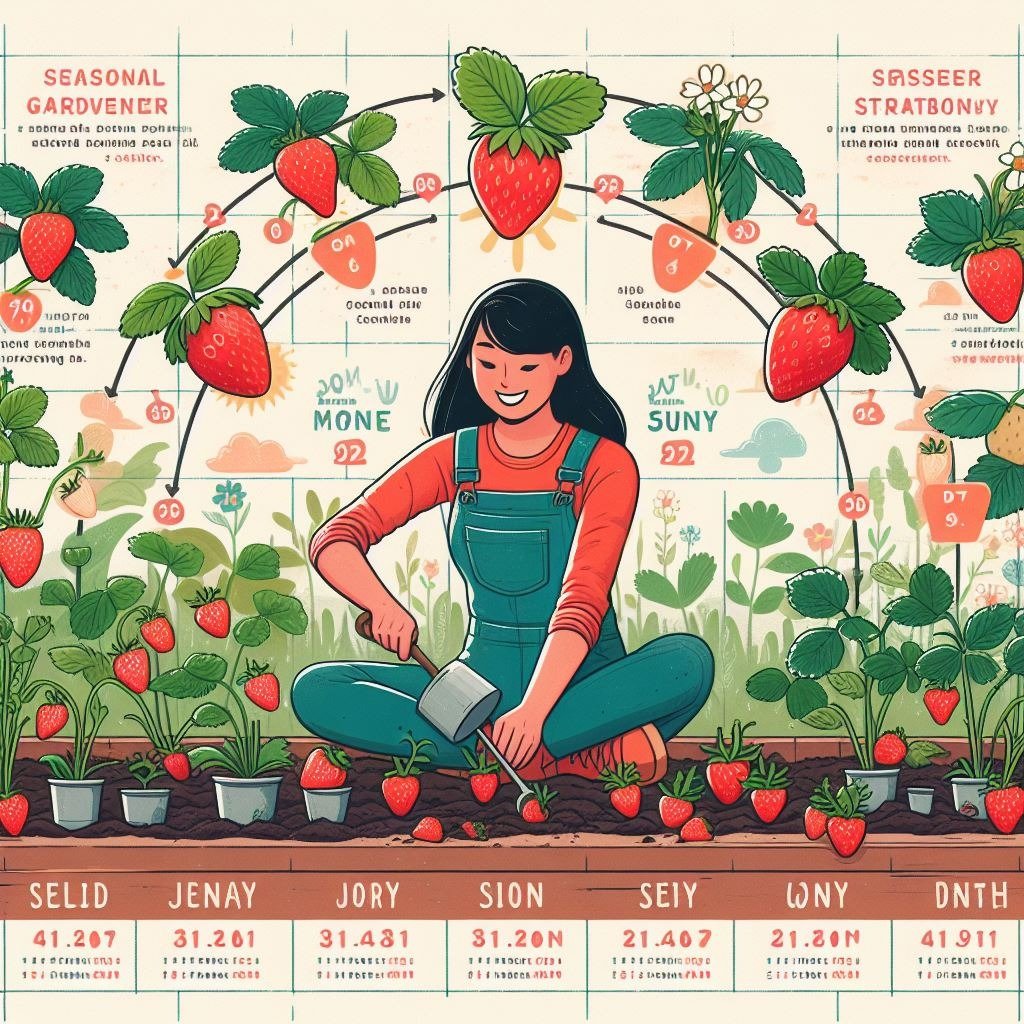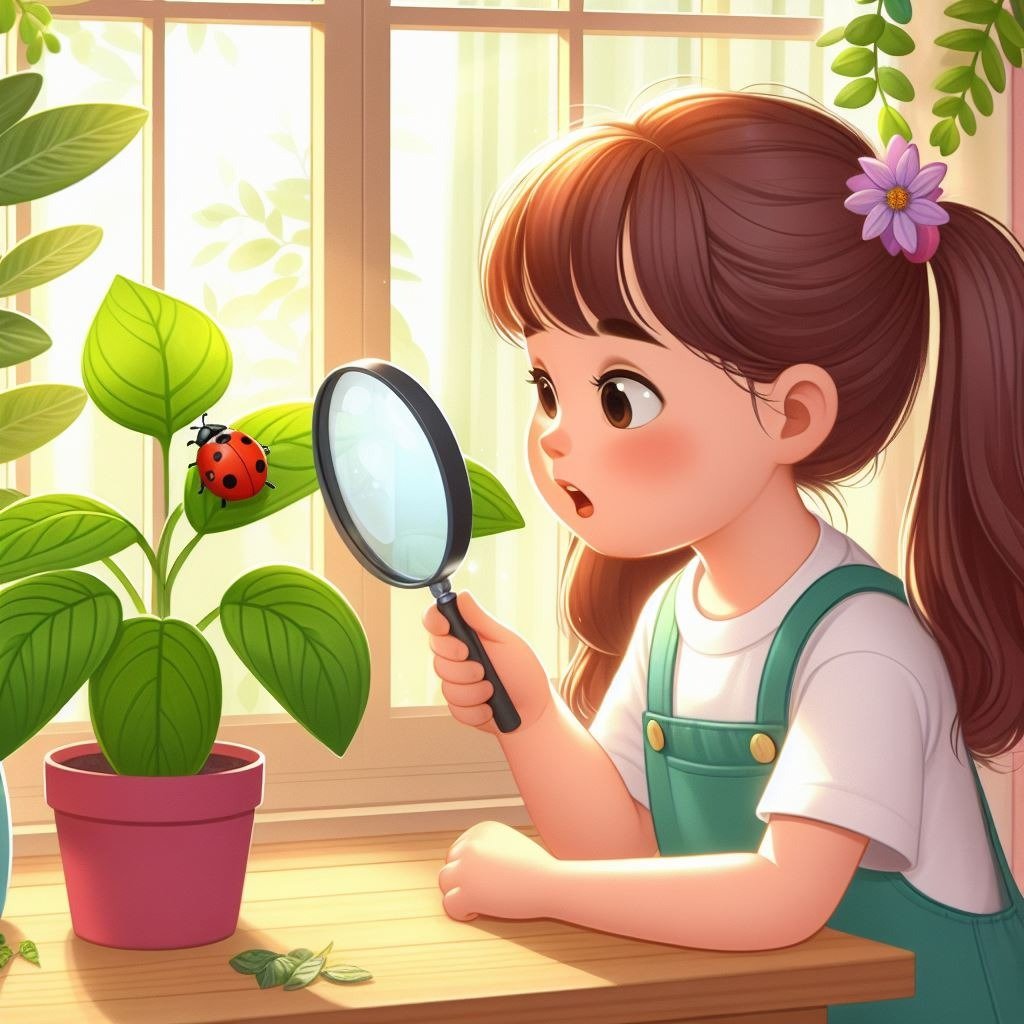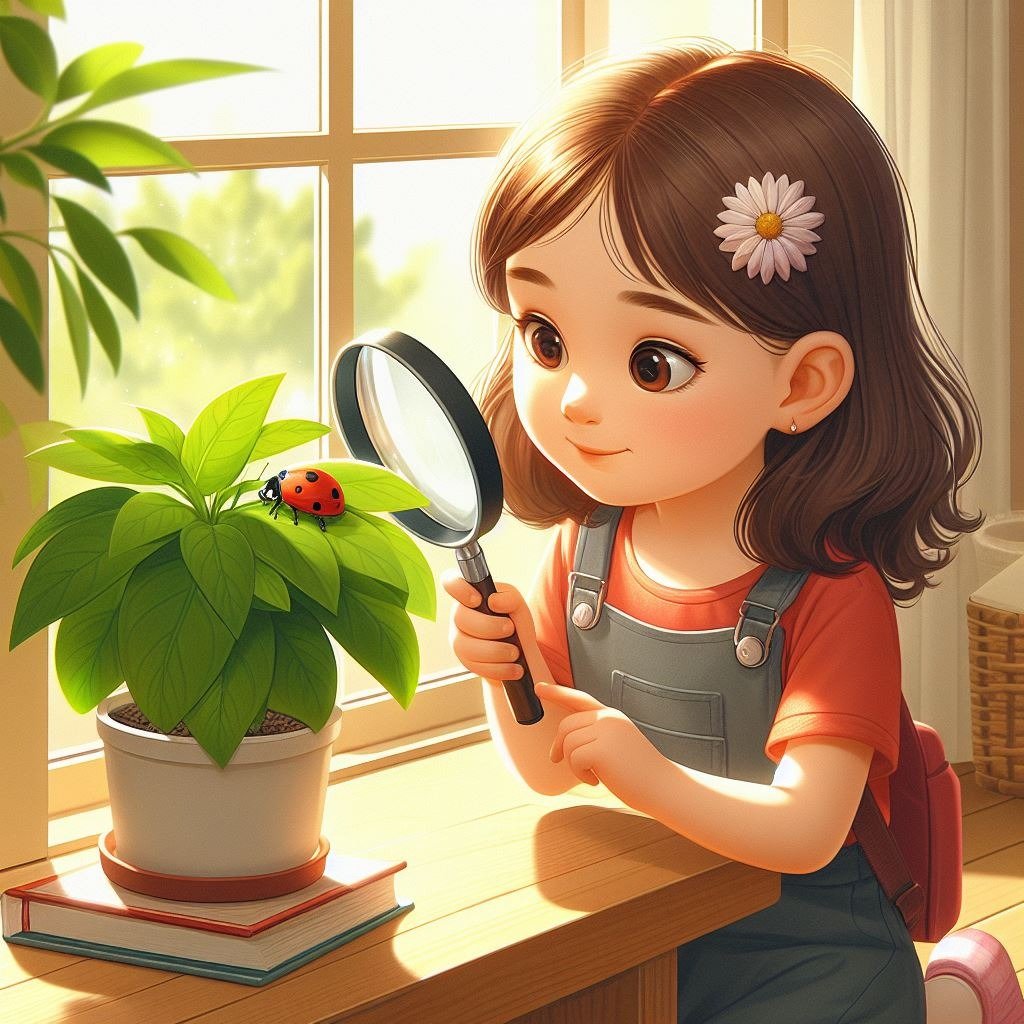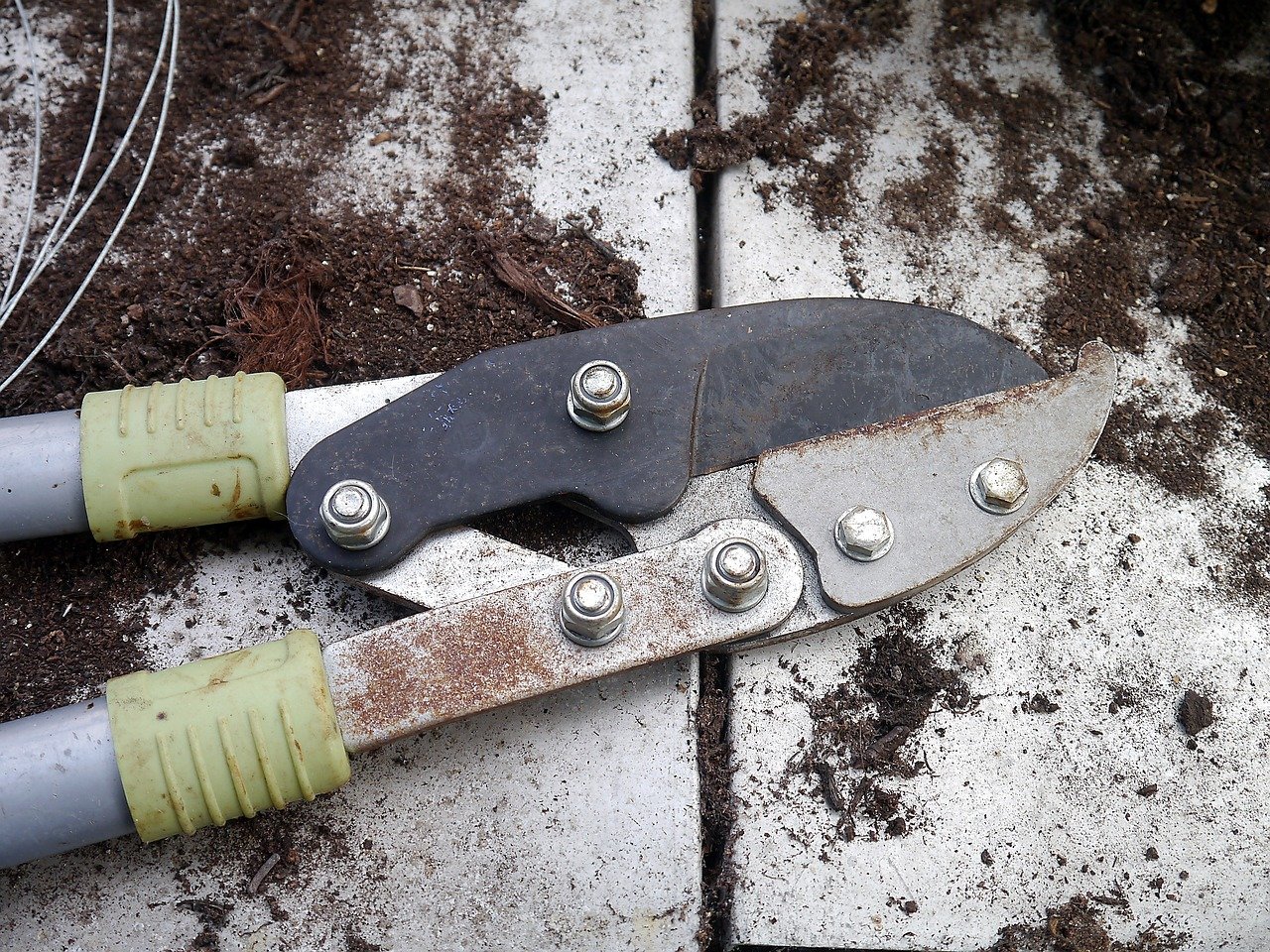
Timing is everything. When to plant strawberries for a great harvesting season is what you should worry about
When to plant strawberries In this book called “The Plot Hero’s Guide,” you are going to learn about the strategic

Do Indoor Plants Attract Bugs? It’s one of the worries a lot of people tend to have if they want to keep their homes green. There are pictures of indoor plants sometimes showing that non-welcome bugs, such as insects, will come around. Although many arguments have lots of reasons to assume causation rather than mere association, let us dig deeper into whether this has to become a part of nature being brought indoors. We will examine the query: do indoor plants attract bugs? And also look at the ways that bugs can be prevented and minimized. Our focus areas include the factors that can influence whether indoor plants attract bugs and what can be done to minimize this risk.
A prominent reason for the bugs attracted by the indoor plant is that they might sometimes serve as a source of food and a shield for some particular types of insects. Quite a few widely sold “house plants” are microbial ecosystems that various bugs, such as aphids. Mealybugs, and spider mites, can use to carry out their life cycles. These microscopic insects need a protector and a place to live as any other being does. And what can be a better home for them as a house plant?
The moist soils, nutritious foliage, and protected environment of the indoor plants can be highly likely places where these pests may live. On the other side. Some indoor plants could accidentally bring the bugs they harbor to a home that was already infested. The sickly insects may spread to other houseplants nearby.
The factors that determine whether indoor plants attract bugs include. But are not limited to, the following: the kind of bugs involved, the species of plant concerned. And a favorable habitat for the bugs.
While the presence of indoor plants does increase the likelihood of bug infestations. Several factors can influence the extent to which indoor plants attract bugs.
For example, bug problems can differ more from one indoor plant species to the next. One way to bring this into focus is to say that, from a pest perspective. Vegetation with boldly textured and densely foliated leaves or that is littered with ‘dampness’ in the soil is indicative of an insect problem such as aphids and fungus flies.
Healthier and carefully managed plants have fewer chances of rarely being attacked by insects than those with visible pests. Such plants are more resistant to pests. Using the right amount of water, light, and fertilizer would keep the plants in good health and make them a lot less susceptible to pathogens.
Plants that are grown in plants or nurseries mean that they are likely to have pests that could be transported in this course of action. During the subculture process. They are also likely to come into contact with insects. The use of cuttings and seed propagation rather than transplants from other pot plants within the home will reduce the risk of introducing pests and bugs.
The very levels of humidity, air circulation, and temperature of your homes are relevant to the question of whether indoor plants attract bugs. Generally, plants live better in drier and more well-ventilated areas, which do not make good habitats for many of the common pests.
One can figure out bugs through the staves to the plants, remove dead or dying leafages, and keep the surrounding area clean and free of debris. Bugs cause the plants difficulty getting the required nutrients for their growth.
When dealing with equipment such as an indoor plant that draws bugs, the first thing to do is to identify the particular bugs that have invaded. This is possible by subjecting the plant to closer inspection for any physical damage clues, e.g., discolored leaves, webbing, or the bugs in question themselves.
Then the bugs are determined, and the control methods that correspond to them are to be applied. These may include.
Manual removal: Sometimes physically eliminating the insect itself or the eggs she has laid on the fabric will give useful results.
Biological control: Likewise, methods of reintroduction of natural predators. Such as ladybugs or lacewings, can be used to control a variety of specific pests, like aphids or mealybugs.
Insecticidal soaps or oils: These benign, plant-based pesticides may be effective for different outdoor plant pests without harshly damaging plants as well.
Systemic insecticides: For the majority of infestations, mechanical methods such as handpicking and trapping can be applied. While for severe or longer-term infestations. Sometimes systemic insecticides absorbed by the plant and distributed throughout its tissues may be needed.
It is necessary to re-read the instructions and safety warnings beforehand and make certain that the products selected for the control pest problem are respiratory or harmful to the plants you are growing later.
Indoor plants: bugs’ favorite habitats’ or not? Undoubtedly, the problem exists; however, its magnitude can be manipulated due to the diverse spectrum of factors such as plants, their health and origins, the environment, and the number of flowers taken care of.

By recognizing the prospects of the danger, locating and seeing the bugs. If any, and taking preventive actions, you can be a pest-free house laggard by having indoor plants without the trouble of bugs. Conversely, if you adopt a suitable strategy, you’ll end up having a healthy and ornamental indoor garden that is also pest-free.
Nope, not all existing indoor plants are at the same risk of infestation by insects (bugs). Some plants are more actively sought after by pests than others. While these depend on factors such as the plant’s foliage structure, growth habits, and specificity to a given insect species.
Among many others, the most commonly encountered household bugs plaguing houseplants are aphids. Spider mites, thrips, mealybugs, fungus gnats, and mites. One should note that excess irrigation, which may be typical for house plants, provides pests with moist soil. Nutrient-rich foliage, and the protected environment that characterizes indoor plants.

When to plant strawberries In this book called “The Plot Hero’s Guide,” you are going to learn about the strategic

Best Pruner Anyone who enjoys maintaining a lovely garden knows you should choose the best pruners. Pruners are some of